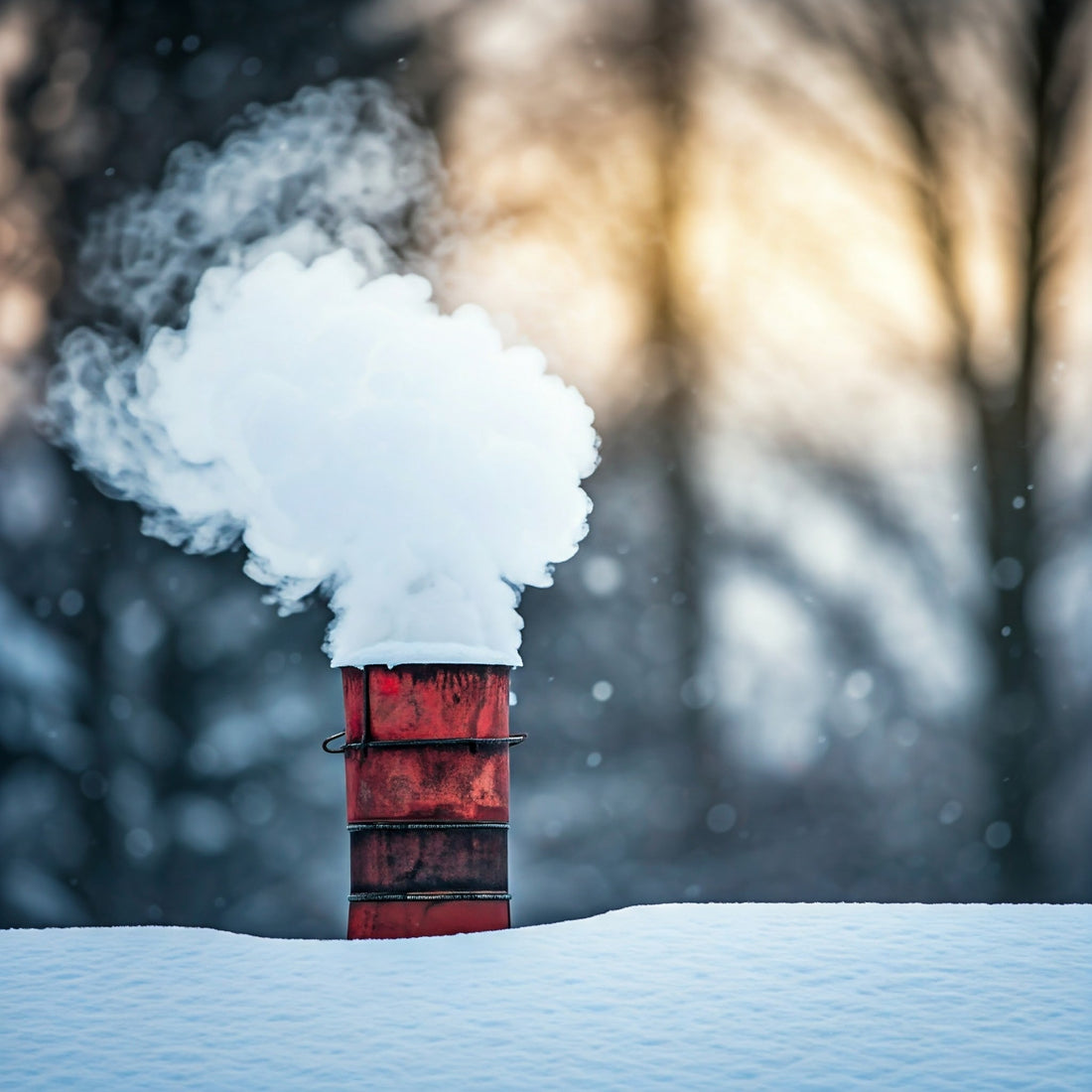
Winter Chimney Care: Essential Tips to Avoid Costly Repairs
Share
As winter sets in and fireplaces roar to life, your chimney becomes an unsung hero, tirelessly venting smoke and providing warmth. However, neglecting chimney maintenance during the colder months can lead to expensive repairs and safety hazards. Here are essential tips to keep your chimney in top shape this winter and avoid unexpected costs.
1. Schedule a Professional Inspection
Before winter fully takes hold, hire a certified chimney sweep to inspect your chimney. A professional can identify issues such as creosote buildup, cracks in the masonry, or blockages caused by debris or animal nests. Early detection prevents minor problems from escalating into costly repairs.
2. Regularly Clean Your Chimney
Creosote, a flammable byproduct of burning wood, can accumulate inside your chimney and increase the risk of a chimney fire. Regular cleaning is crucial, especially if you use your fireplace frequently. For most homeowners, an annual cleaning suffices, but heavy fireplace users may need more frequent cleanings.
3. Use Seasoned Firewood
Burning unseasoned or green wood produces more smoke, which contributes to creosote buildup. Opt for well-seasoned firewood that has been dried for at least six months. Properly dried wood burns cleaner and more efficiently, reducing the strain on your chimney.
4. Install a Chimney Cap
A chimney cap is a simple yet effective solution to keep out rain, snow, and debris. It also prevents animals like birds or squirrels from nesting in your chimney, which can lead to dangerous blockages.
5. Check for Draft Issues
A properly functioning chimney should efficiently pull smoke up and out of your home. If you notice smoke lingering inside your house, it could indicate a draft issue. Common causes include a clogged chimney, improper damper operation, or structural damage. Addressing draft problems early can save you from more extensive repairs later.
6. Seal Cracks and Repair Masonry
Freezing temperatures can worsen existing cracks in your chimney’s masonry. Water seeps into these cracks, freezes, and expands, causing further damage. Inspect your chimney for visible cracks and address them promptly to prevent costly structural repairs.
7. Invest in a Waterproofing Treatment
Applying a waterproof sealant to your chimney’s exterior helps protect it from the harsh effects of winter weather. This treatment prevents water from seeping into the masonry, reducing the risk of freeze-thaw damage.
8. Monitor Your Chimney Liner
Your chimney liner acts as a barrier to protect your home from heat and combustion byproducts. Over time, liners can deteriorate or crack, compromising their effectiveness. Ensure your chimney liner is in good condition to maintain safety and efficiency.
9. Be Mindful of Carbon Monoxide
A poorly maintained chimney can lead to dangerous carbon monoxide buildup inside your home. Install carbon monoxide detectors on every level of your home and ensure they are in working order. Proper chimney maintenance is crucial to minimizing this risk.
10. Keep the Area Around Your Fireplace Clear
Finally, ensure the area around your fireplace is free of flammable materials, such as rugs, decorations, or furniture. While not directly related to chimney care, this step enhances overall fireplace safety during winter.
Conclusion
Taking proactive steps to care for your chimney this winter not only ensures a warm and cozy season but also protects your home and wallet from costly repairs. Regular inspections, cleanings, and preventative measures can go a long way in maintaining your chimney’s health and safety. Don’t wait until an issue arises—start your chimney care routine today!
